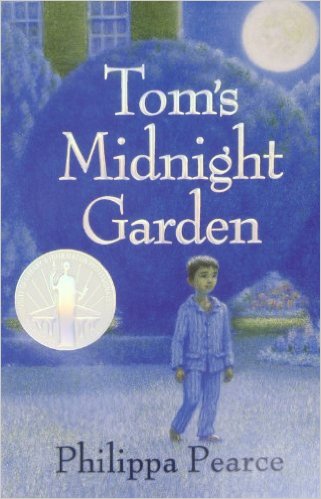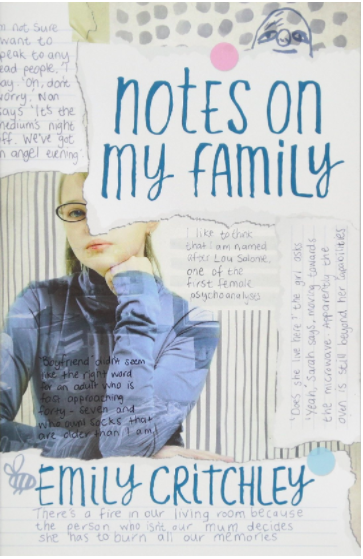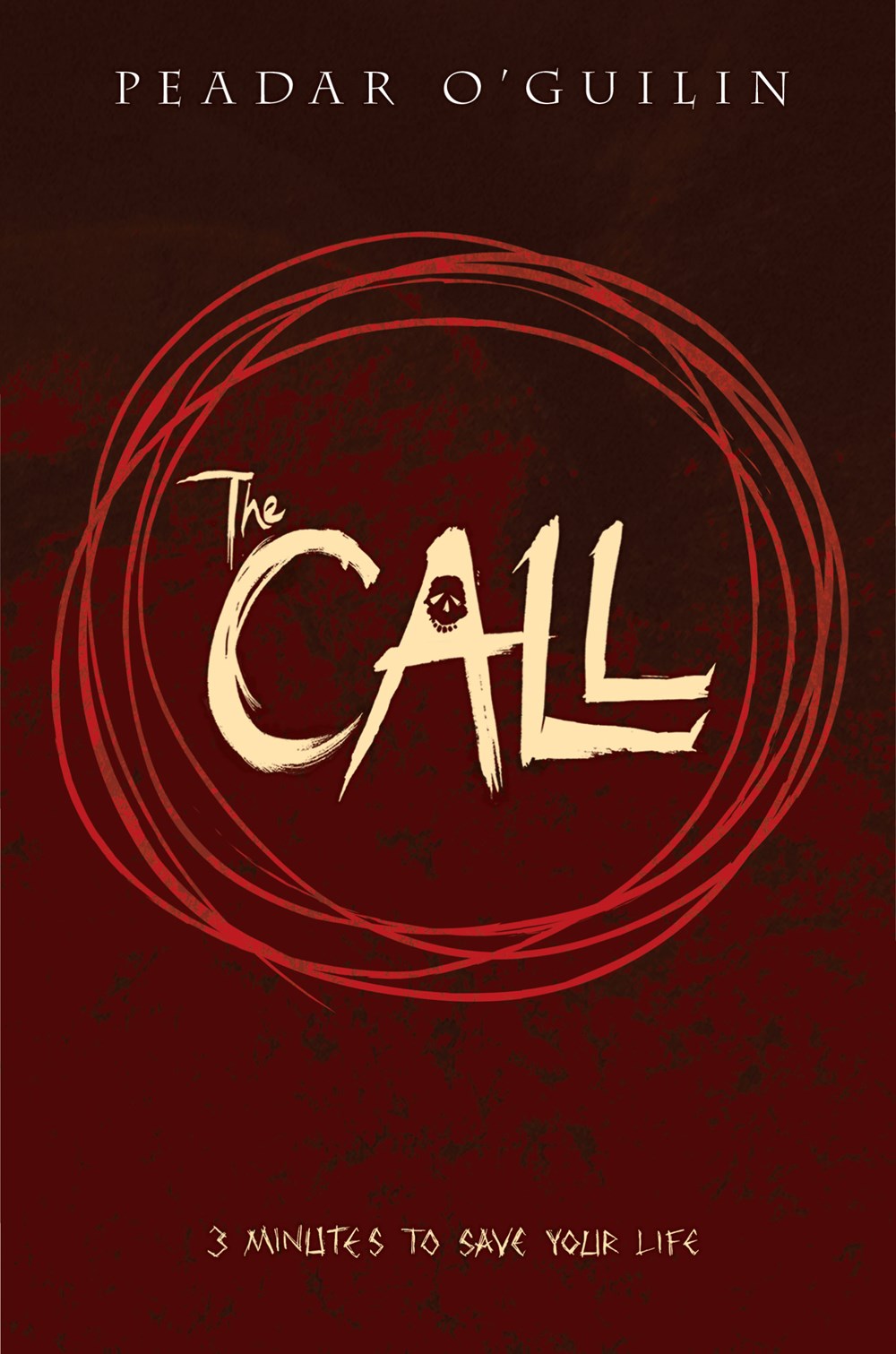Near the beginning of the fifth of eight novels featuring Anne Shirley, she stops being Anne Shirley and becomes Mrs. Dr. Gilbert Blythe. And so the series that began with Anne of Green Gables turns another corner in her journey from childhood to maturity. Little Anne, whom generations of readers still best remember as the first novel’s talkative redheaded schoolgirl with a rich imagination, has already finished college and spent several years as a schoolmistress. Now the love of her life has earned his medical degree and is ready to set up practice in the Prince Edward Island coastal community of Four Winds Harbor. And so, at long last, Gilbert and Anne get married.
For Anne, the first home of her married life is everything she cherished in her girlish, romantic dreams—short of being a castle in Spain, at least. A snug little cottage within sight of the sea, it is surrounded by lovely trees and flowerbeds, and filled with the memories of two previous happy couples. The garden gives Anne an outlet for her love of natural beauty, and the shore a place to dance and dream. Plus, the neighborhood, though sparsely populated compared to the other side of the cove, is home to a handful of interesting characters who soon adopt Anne and Gilbert into “the race of Joseph,” as they call it. There’s Captain Jim, the old mariner who takes care of the lighthouse on the point, when he isn’t telling tales from his thrilling life at sea. There’s Miss Cornelia Bryant, a spinster lady whose gossip is laced with biting comments about the male sex (“Isn’t that just like a man!”). And there’s even a whimsical fellow who swore he wouldn’t cut his hair or beard until his party regained control of the government—and who has thus gone unshaven for eighteen years!
This book, as I have described it so far, could be in danger of becoming a collection of quirky incidents in the lives of a group of nice, perky people, set against the beautifully-described background of a quaint Canadian village. In other words, it could easily become a lightweight, plotless, aimless bore. But just when a lack of conflict, drama, or (let’s face it) story threatens to make the book a disappointing collection of sweet nothings, Anne gets to know her next-door neighbor, the beautiful but tortured Leslie Moore. And although a hint of tragedy enters young Mrs. Blythe’s life from other quarters, it is around Leslie that most of what makes this novel a novel revolves. Because of Leslie, there is actually a plot in this book, and an effective one (though it may be a bit predictable). Because of Leslie, this ends up being a better book than the previous book in the series, which, in spite of a few unifying threads of plot, is mostly a collection of colorful episodes. Because of Leslie, there is a passionate love story in this book, even as Gilbert and Anne start to become an Old Married Couple. And though a beloved character’s death is mourned in this book, and though Anne’s vivacity receives a serious check when her firstborn child dies (poor little Anne!), it is the tragedy of Leslie Moore’s life, and the cruelly tempting possibility of happiness that enters it, that holds this novel together and enables it to touch readers’ hearts to this day.
Leslie’s ability to feel happiness began to be tested when she was a mere girl, witnessing the death of her beloved brother in a horrible accident, and then finding her father’s body after his suicide. But her real trouble began when, at age 16, she accepted an offer of marriage from a man she didn’t, couldn’t love. Dick Moore soon went off to sea, leaving his bride alone and in charge of a struggling farm. When Dick didn’t return as planned, Captain Jim retraced his route to Cuba and found him there, reduced to a simpleton by a head injury, without any memory of his previous life. For the twelve years since Captain Jim brought him home, Dick has been in his wife’s dutiful care, like a big mischievous child who never grows up, while any possibility of a better life passes Leslie by.
Many of today’s folks might have a hard time understanding why Leslie doesn’t simply push Dick off on a nursing home, divorce him, and move on with her life. This gap in understanding is partly the result of Leslie’s time, over a hundred years ago, being so different from ours. (The parliamentary election described in this book seems to be the one that took place in 1896.) It is also partly down to Leslie being a special type of person—we could use more people like her today—though the result is rather tough on her, for a while. While Leslie’s sense of honor and duty are very admirable and worthy to be studied and imitated, these traits are set alongside a streak of bitterness and jealousy that makes her relationship with Anne surprisingly complex—like Leslie herself. And most amazing of all is the fact that she finally finds happiness—after making the most selfless and painful decision of her entire life.
This decision is forced on her by the advice of Dr. Gilbert Blythe, dutifully following his conscience even when it means quarreling with his beloved wife. And just as dutifully, against her own feelings and interests, Leslie dares a medical solution to her husband’s disability—a solution that may bring the one result even worse than her current situation: having her husband back the way he was. I have already spoiled too much by telling you this. But when you see it, you’ll know that this is not just a naive novel about nice people enjoying a nice life. It puts your guts through the wringer, and finishes with a joyful surprise.
Three more books remain after this in the “Anne” series. Anne of Ingleside, next after this, is really the last book in order of publication, as well as the last book in series order which has Anne as its main character. Published before this, but taking place sequentially after it, are two books focusing more on Anne’s children: Rainbow Valley and Rilla of Ingleside. Lucy Maud Montgomery also wrote a number of short stories featuring Anne and her circle of family and friends. Montgomery’s other works, less well-known today, include a similar (but less romanticized) trilogy about the life of an orphan girl named Emily; several other novels for children and adults; and many short stories.




